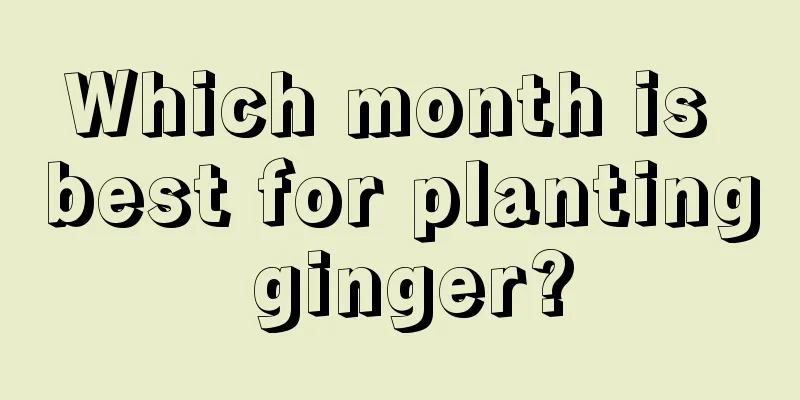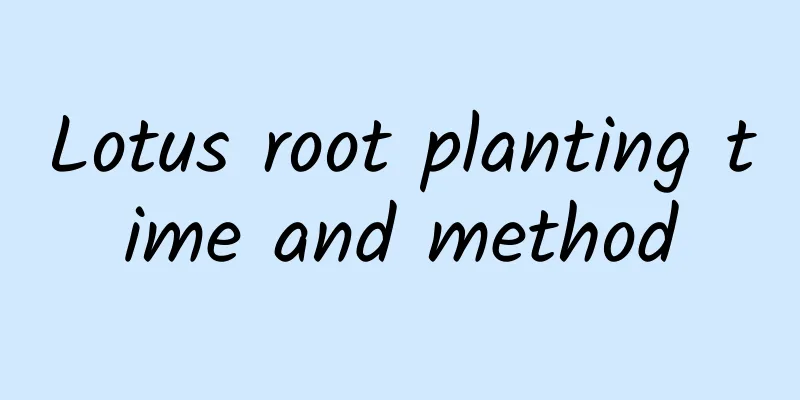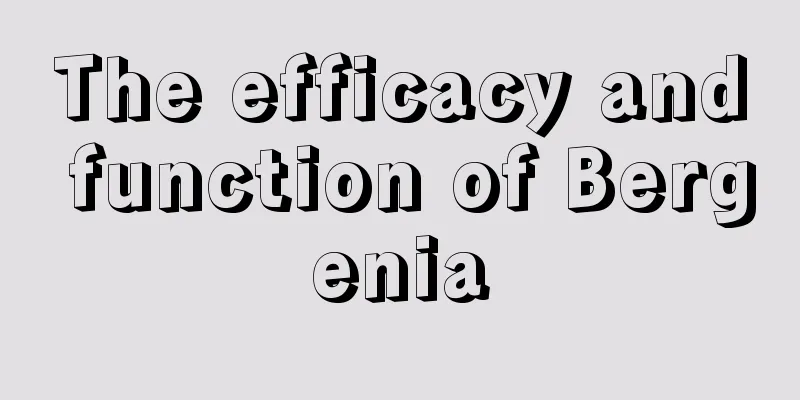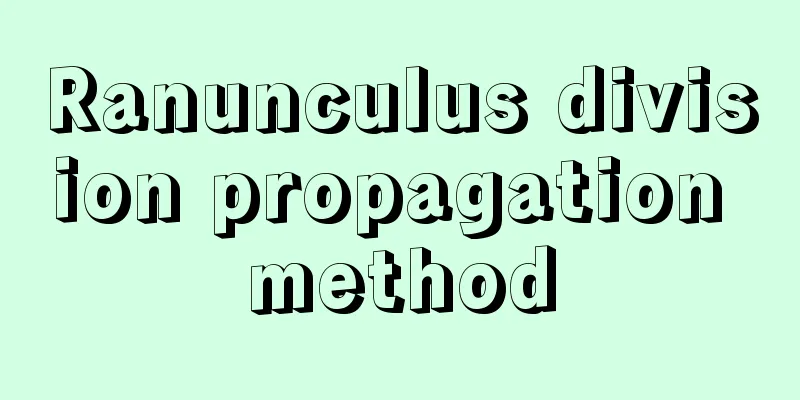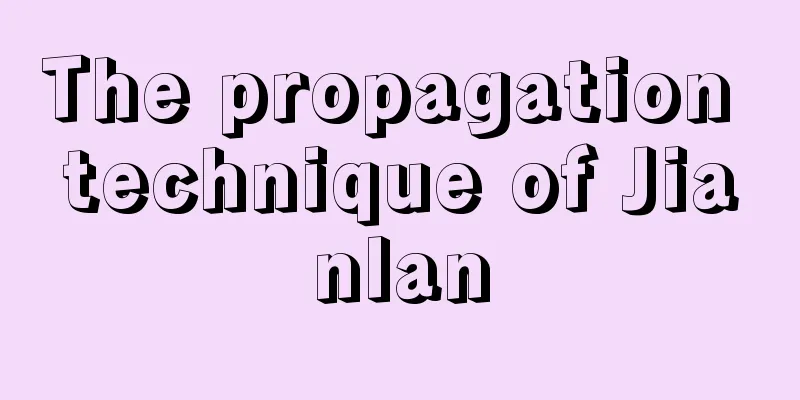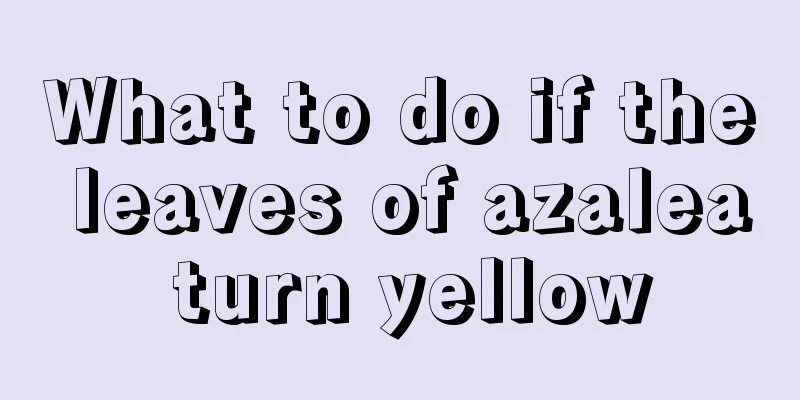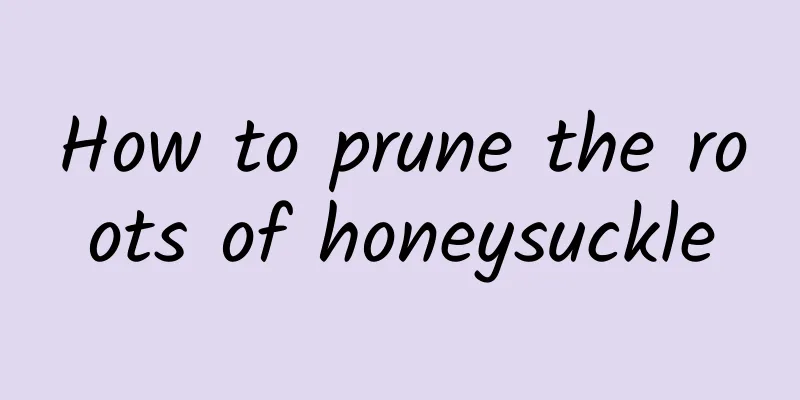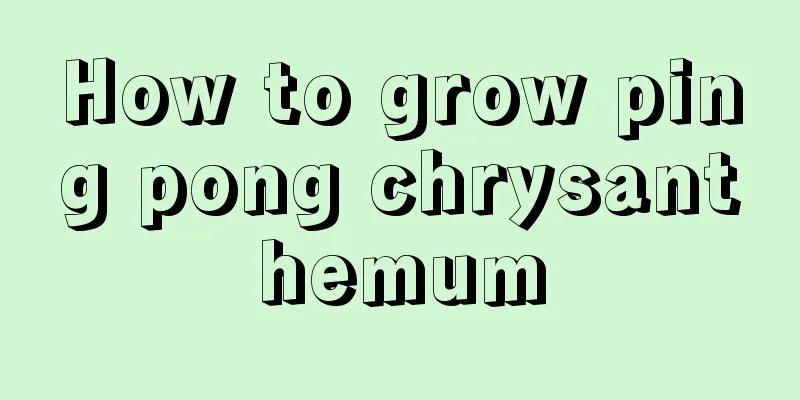Which potassium fertilizer is the best (what is the best potassium fertilizer commonly found on the market)
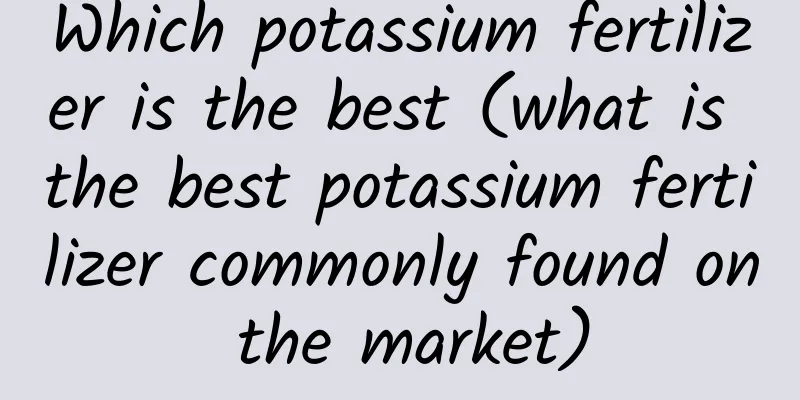
|
Potassium fertilizer is the most important fertilizer among the macroelements we usually use. Potassium fertilizer is generally used in the middle and late stages, and can be combined with phosphorus fertilizer to make the fruit sweeter and more colorful, and mature faster. So what kind of potash fertilizer is the best? In fact, it mainly depends on the crops (such as watermelon, rice, sweet potato, corn, peach, etc.), the time and method of use to determine what kind of potash fertilizer is the best. Today, I will explain to you the reasonable use of potash fertilizer. There are only a few types of potassium fertilizers commonly used in the market, such as potassium chloride, potassium sulfate, potassium nitrate, potassium dihydrogen phosphate, potassium phosphite, etc. 1. Potassium chloridePotassium chloride is the cheapest in terms of price, and it is also very water-soluble, making it the most suitable for field use. Because the salt content in potassium chloride is too high, and most fields have been through rainforests, and have good salt tolerance, using potassium chloride is the most cost-effective. 2. Potassium sulfatePotassium sulfate is generally used on cash crops and is slightly more expensive than potassium chloride. Generally speaking, the price of one ton of potassium sulfate is about 200 yuan higher than that of potassium chloride. However, potassium sulfate is an acidic fertilizer, and its large use will also cause soil acidification and poor root absorption. 3. Potassium nitratePotassium nitrate is highly soluble in water and is generally suitable for use as topdressing, but the nitrate nitrogen content in potassium nitrate is too high, at 13.5%. Although the potassium fertilizer content of 46% is already very high, the large-scale use of potassium nitrate will cause the fruit to expand rapidly in the early stage, but it will be difficult for the fruit to color in the later stage. This is also the biggest disadvantage of potassium nitrate. When using potassium nitrate, a small amount can be used in the early stage for coloring crops, but it is not recommended to use potassium nitrate in the later stage of maturity. 4. Potassium dihydrogen phosphateThere are many ways to use potassium dihydrogen phosphate in agriculture. Most of them are mainly flushing and foliar spraying. Potassium dihydrogen phosphate has a high content of both phosphorus and potassium fertilizers. Potassium dihydrogen phosphate contains 52% phosphate fertilizer and 34% potash fertilizer, which is also a water-soluble fertilizer. However, the dissolution of potassium dihydrogen phosphate has a certain saturation, and it requires a lot of water to dissolve, and the dissolution time is slow. The best fertilizer on the market now is flash-soluble potassium dihydrogen phosphate, which is expanded potassium dihydrogen phosphate. This kind of fertilizer is more soluble in water and easier to be absorbed by the roots. 5. Potassium phosphitePotassium phosphite is an emerging fertilizer in recent years. Since the trivalent phosphorus in potassium phosphite has a bactericidal effect when converted to pentavalent phosphorus, it has certain benefits for plant disease prevention. However, the conversion rate of phosphate fertilizer is low, and the utilization rate of phosphate fertilizer is low. When using potassium phosphite, you must pay attention to the temperature problem. Too high temperature is prone to phytotoxicity. As for the small amount of potash fertilizers we encounter during the planting process, such as organic potassium, potassium carbonate, potassium polyphosphate, potassium pyrophosphate, etc., they are rarely used under normal circumstances, so I will not explain them one by one today. You should choose the potash fertilizer that suits you according to your plants and usage. |
Recommend
These “3 kinds” of inconspicuous waste materials are all “treasures” that can make any flower grow vigorously!
1. Willow Bark In winter, many trees begin to she...
When will Russian No. 8 bear fruit?
Introduction to Planting Russian No. 8 Tree Russi...
There are several colors of bougainvillea
1. Morphological characteristics Its flower branc...
Why are the leaves of the money tree turning black? The edges of the leaves of the money tree turn black.
1. Too much watering The money tree does not requ...
How to make Clivia bloom quickly (tips for promoting Clivia flowering)
When autumn comes, flower lovers want the Clivia ...
When do hollyhocks planted in spring bloom?
1. Flowering time Generally speaking, plants plan...
Cultivation methods and precautions of red calla lily
1. Maintenance methods 1. Soil: When planting red...
How to divide the copper coin grass into pots, and when is the best season to divide the copper coin grass into pots
1. Season for dividing the pots The season for di...
Blue Enchantress Flower Language
1. Pure Love For a long time, when talking about ...
Precautions for ginseng fig potted plants
Serve basin In fact, most people know that when y...
What are the cultivation methods and precautions of color-changing wood?
Cultivation method of chamomile The variegated wo...
When is the best month to plant honeysuckle in Henan
When is the honey bee planted in Henan? Honeydew ...
When to sow chrysanthemum seeds
1. Sowing time The best time to sow chrysanthemum...
When is the best time to sow chives
Chive sowing time Chives belong to the Liliaceae ...
What to do if the roots of the cycads are rotten
Why does the root of the hyacinthus rot? The soil...


